A poster providing a definition and examples of onomatopoeia.
Print this poster out in A3 or larger. Display it in your classroom as a visual reminder of onomatopoeia and its uses.
Onomatopoeia is the use of words that imitate the sounds associated with the objects or actions they refer to.
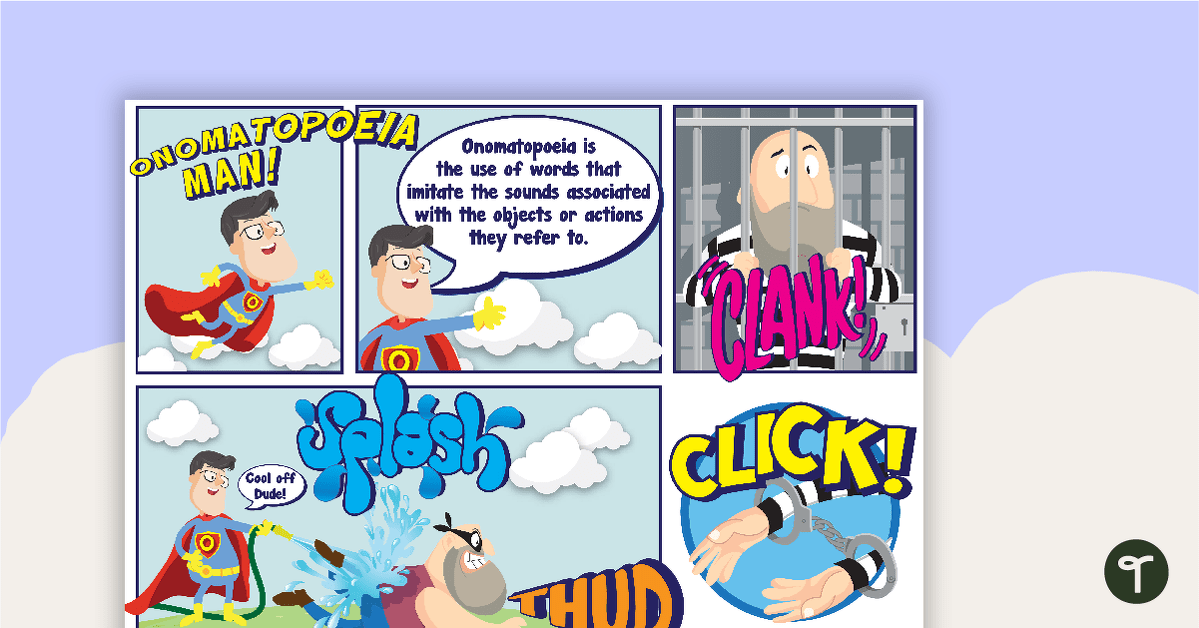
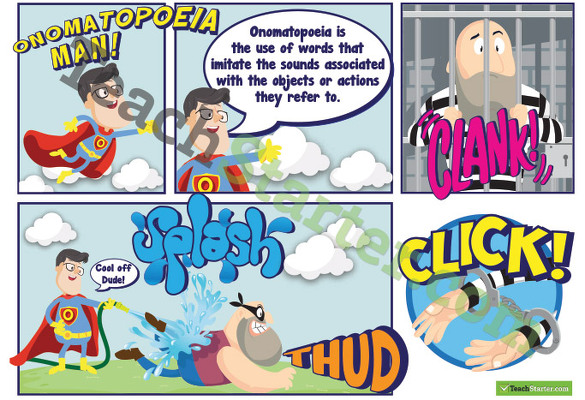


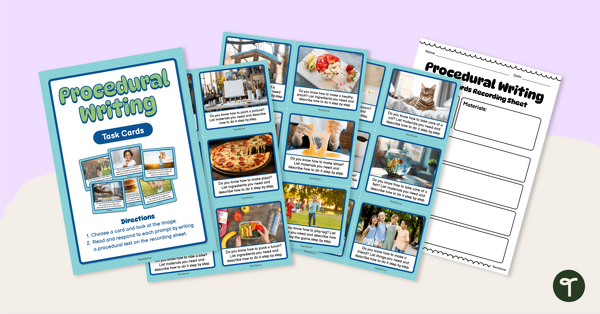
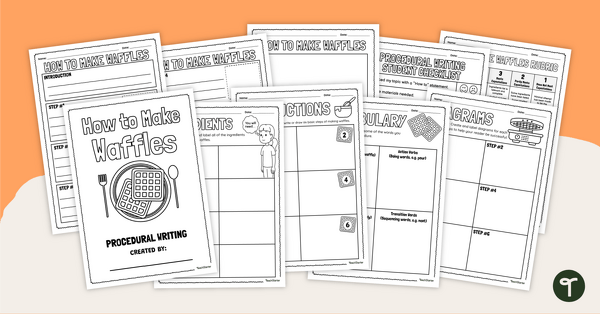
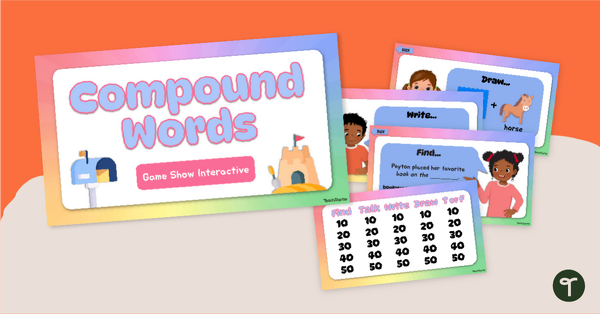
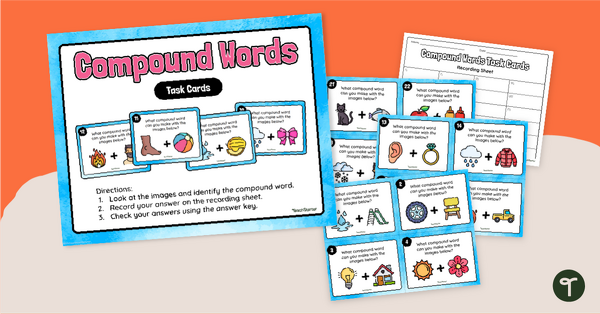
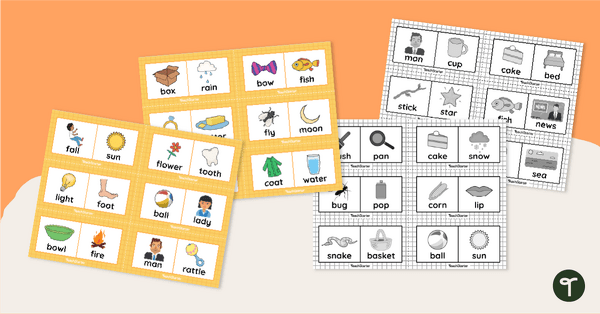
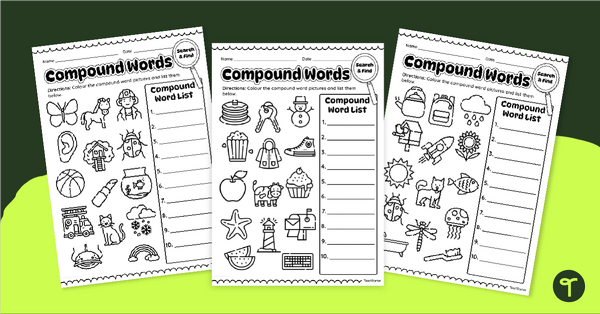
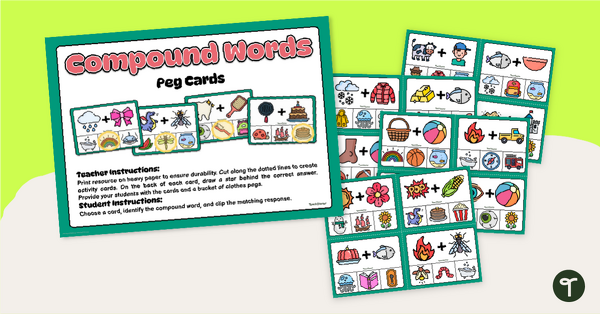
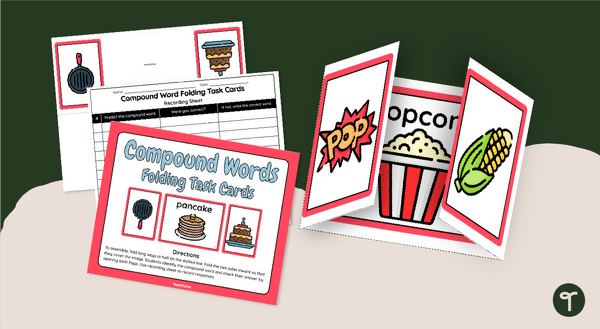
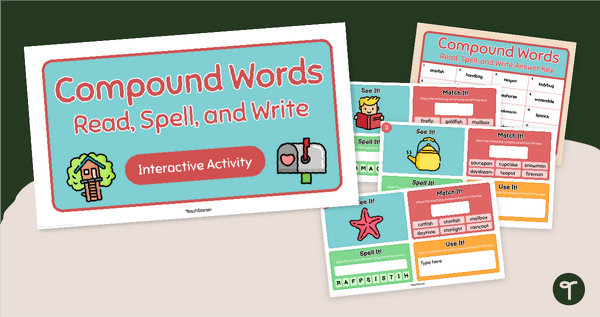
0 Comments
Write a review to help other teachers and parents like yourself. If you'd like to request a change to this resource, or report an error, select the corresponding tab above.